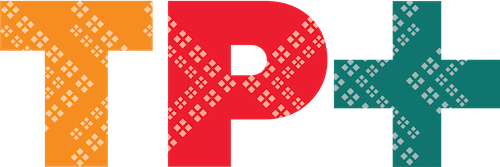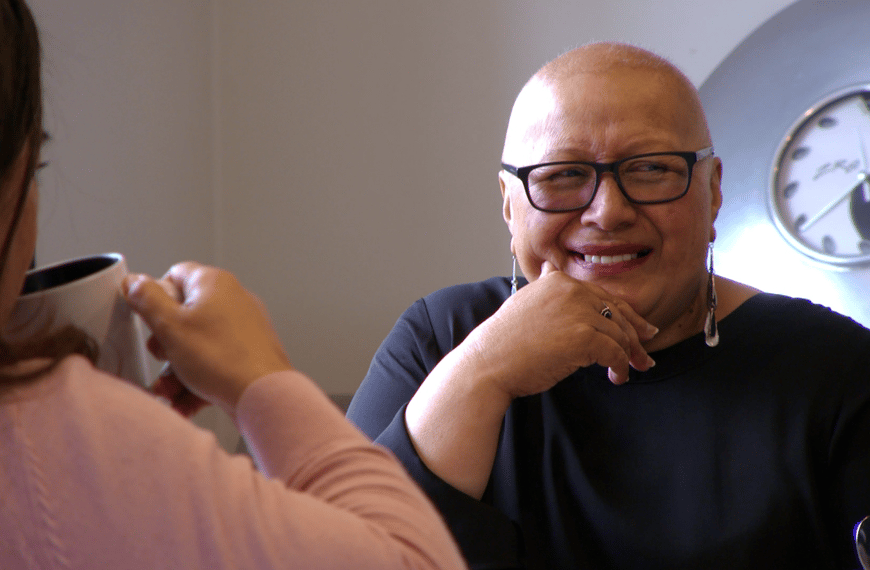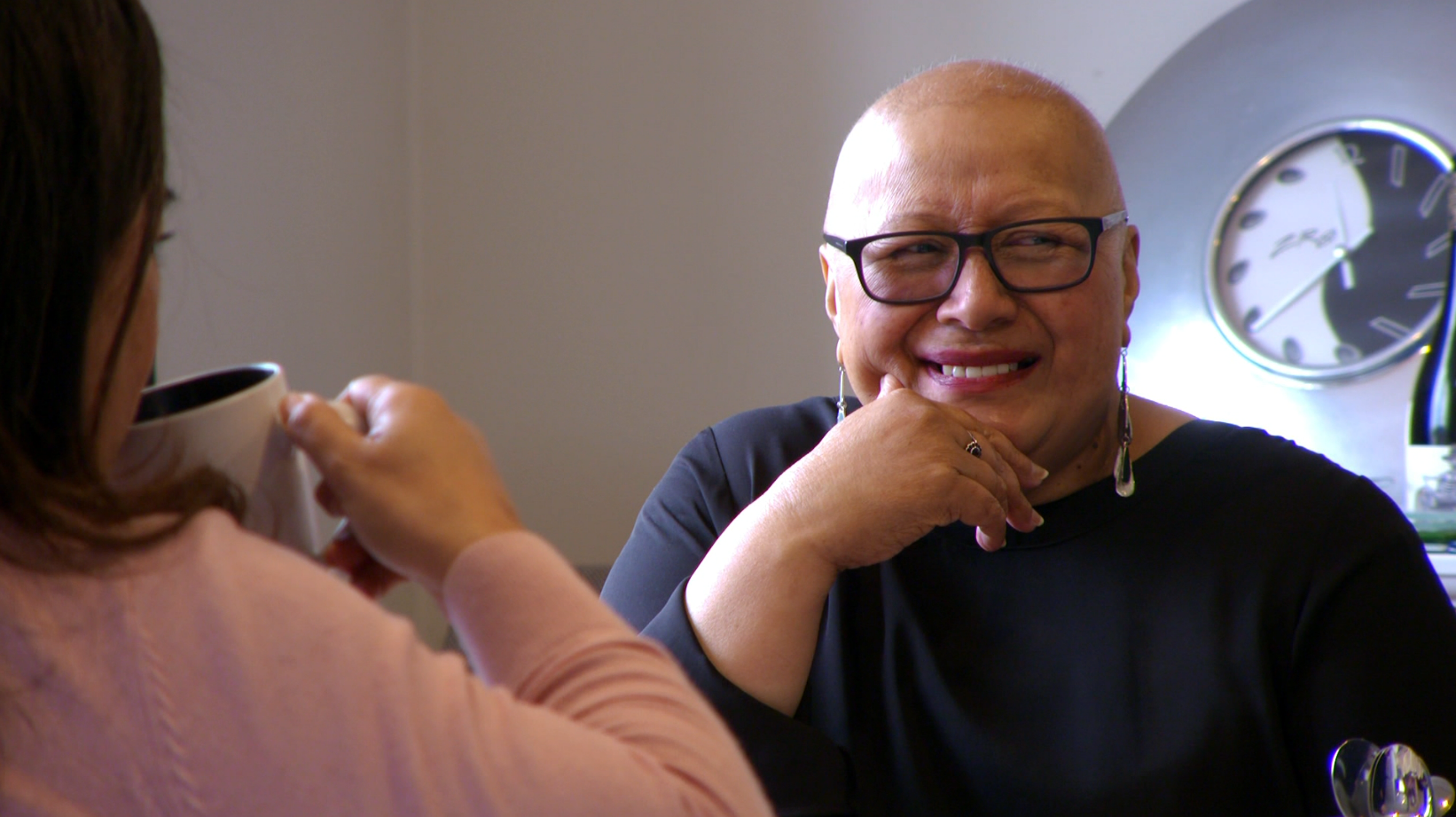The Stroke Foundation of New Zealand is calling for the government to “stop dragging the chain” and fund the cost-effective Taking Charge After Stroke programme, to improve independence and quality of life for thousands of New Zealanders who survive stroke each year.
There’s disappointment that a New Zealand-devised stroke rehab programme, designed to particularly benefit Māori and Pasifika people, has been repeatedly ignored for funding in Aotearoa – despite being adopted in a dozen countries overseas.
“It’s an absolute no-brainer” says Stroke Foundation Chief Executive Jo Lambert. “This impressive programme works, is cheap to run and incredibly straightforward to implement. It should be funded without further delay.
“Over the last decade, two large, randomised, New Zealand clinical trials involving nearly 600 patients have proved the programme’s worth, especially for our at-risk Māori and Pasifika people, whose results were even more impressive than for other patients trialled.
What’s incredibly frustrating is the knowledge that had Taking Charge After Stroke been rolled out back then, around 1,000 Māori and Pasifika people might be living more independent lives today,” says Lambert.
Developed by a team of stroke clinicians and academics in New Zealand, Taking Charge After Stroke is a self-management ‘talking therapy’ intervention for people discharged home after stroke, giving them their own toolkit to guide and support recovery.
The Stroke Foundation says the programme is designed to be delivered in addition to, and independent from, usual clinician-led community rehabilitation services for people who have experienced stroke, with around 50-60% of all stroke patients eligible.
Lambert says the UK, Canada and Germany are among 12 countries to have readily adopted the Taking Charge After Stroke programme, yet there’s been no commitment here, despite several approaches to government health officials.
“It’s an incredibly affordable programme, requiring only $1 million upfront per year to train community stroke advisors and other health workers to administer the programme. We are asking the government to commit to an initial five years of funding, just $5 million dollars, alongside some additional funding for research and development of the training tool. We already know from studies that $1 million dollars of investment in Taking Charge after Stroke
gives a return of $9 million in benefits to the patient, their whānau, aiga, and society as a whole,” says Lambert.
Stroke Foundation Board Member and University of Otago neurologist and academic Professor Anna Ranta, says the Central Region Stroke Network, one of four regional networks feeding into the National Stroke Network, has recently endorsed the therapy.
“This is a really positive and important step. There has been positive feedback on its value from both patients and clinicians. There is clear published evidence that this intervention, delivered once people have returned home and to their community following a stroke, improves post-stroke outcomes twelve months later.
Many of our interviews with people with lived experience of stroke, and their whānau, have repeatedly revealed their dire need for more support once they return to the community and have completed their formal rehabilitation. Taking Charge After Stroke is perfectly placed to fill this gap in ongoing care.
“Strokes disproportionately affect Māori and Pacific people who experience more of them, at a younger age, and end up with worse overall health outcomes, creating massive health and societal inequities. It’s very difficult to accept the fact that other countries are seeing the benefit of this New Zealand-devised programme, designed to help Māori in particular, when patients here are missing out,” says Professor Ranta.
Lambert says the Stroke Foundation has self-funded a pilot and national rollout of the initiative but needs to secure ongoing funding to sustain the service.












